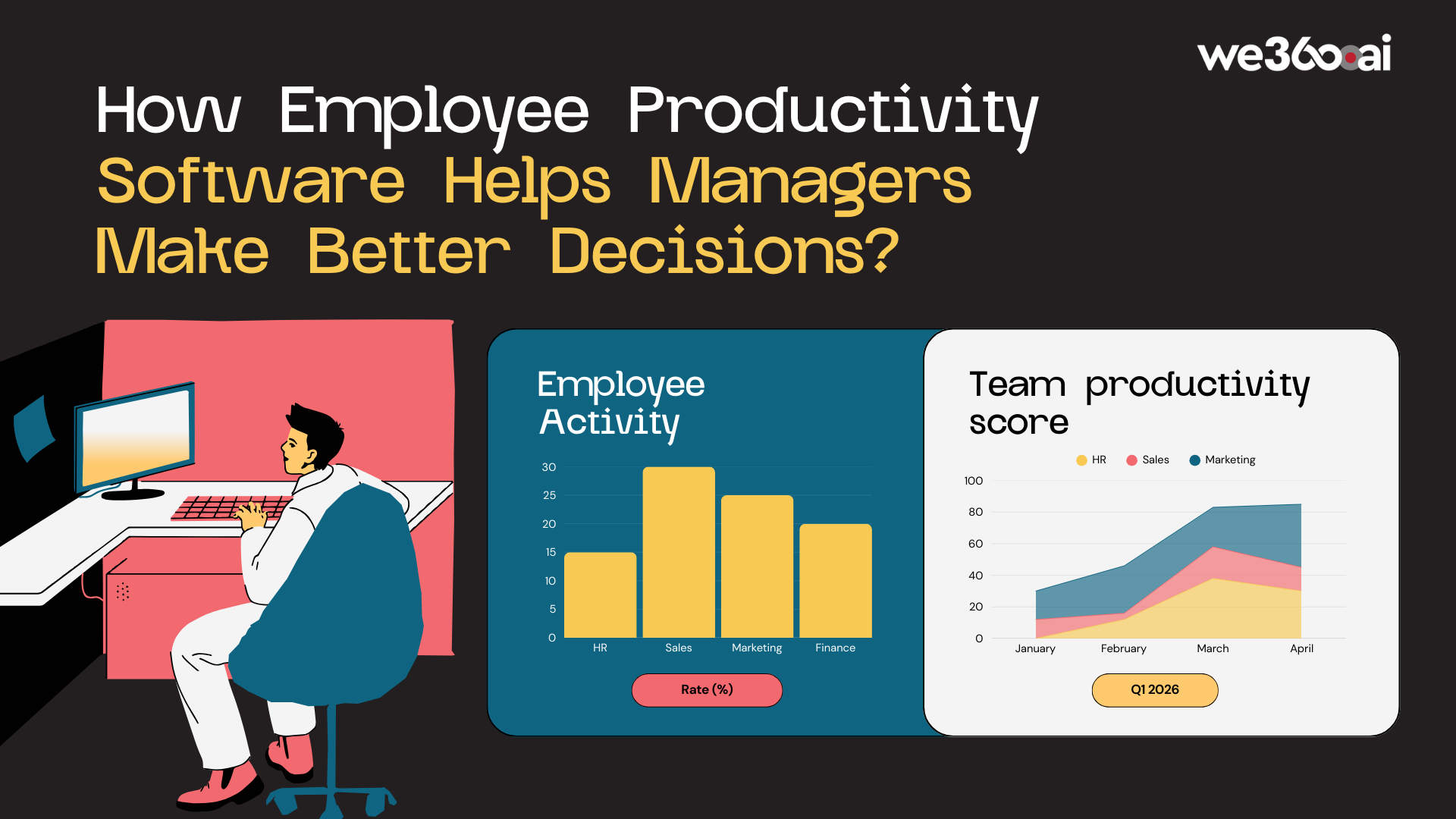For a long time, burnout was thought to be a "stress syndrome," with serious consequences for both mental and physical health. However, the World Health Organization formally acknowledged burnout in 2019 as an "occupational syndrome" caused by persistent professional stress that is not successfully managed.
Unmanaged burnout can affect not only individuals but even an entire team. So, can managers assist their teams to avoid burnout? Yes, and it begins with knowing why burnout occurs.
.avif)
How does it affect the Mental Health of Employees?
Poor mental health can result in decreased productivity, increased truancy, and other poor business outcomes. Employees that have poor mental health may also have low morale, excessive stress, and a lack of drive.
Investing in employee mental health can improve work environment and productivity. Employers can support mental health by providing resources and creating a culture of open communication and support. They can also offer stress-reducing activities such as yoga or mindfulness classes to assist them in managing stress and maintaining a healthy work-life balance.
Also encourage employees to speak out about mental health concerns.Workplace bullying can harm mental health in the short and long term. In the short term, it can lead to increased stress, higher blood pressure, and more frequent illness. In the long term, it can lead to anxiety and depression.
A study by the National Institute for Occupational Safety and Health found that jobs with high physical demands and low social support may increase risk of mental health problems. Employers can reduce this risk by offering jobs with low physical demands and high social support.
What Causes Employee Burnouts?
Employee burnout is a state of physical and mental exhaustion caused by excessive and prolonged stress. It can occur when employees feel overwhelmed and unable to meet the constant demands of their jobs. Common causes of burnout include:
1. Unclear job expectations: Unclear job expectations can lead to employees feeling overwhelmed and uncertain of what is expected of them. Increased stress and burnout may result from it.
2. Lack of job control: When employees feel that they have no control or autonomy over their job, it can lead to a feeling of powerlessness and frustration, resulting in burnout.
3. Unreasonable workloads: When employees are given too much work and too little time to complete it, this can lead to burnout.
4. Unsupportive work environment: An unsupportive work environment can lead to feelings of isolation and lack of recognition and appreciation, which can contribute to burnout.
5. Poor work-life balance: When employees feel that their jobs are taking up too much of their personal time, it can lead to burnout.
6. Conflict in the workplace: Conflict in the workplace, whether between co-workers, supervisors, and subordinates or with customers, can cause a great deal of stress and lead to burnout.
7. Job insecurity: Constant fear of job loss or of being laid off can lead to burnout.
How to Manage Employee Stress by Reducing Workload and Decreasing Expected Productivity?
1. Prioritize tasks: Take some time to evaluate the tasks assigned to your employees and determine which are most important. This will help you prioritize tasks and focus on the most important ones.
2. Set realistic goals: Set realistic goals for your employees and make sure that they are achievable. This will help you reduce the overall workload and expectations while still getting the job done.
3. Provide support: Provide your employees with the necessary resources and support to help them cope with their workload. This could include additional training, mentoring, or a listening ear.

4. Encourage breaks: Encourage your employees to take regular daily breaks. This will help them to stay refreshed and motivated.
5. Flexible work hours: Consider implementing flexible work hours to give employees more control over their workloads and when they can complete tasks.
6. Provide recognition: Recognize and reward your employees for their hard work. This will help to reduce stress and create a positive work environment.
Don't Let Burnout Spread Throughout Your Organization
Indeed, the presence of one type of employee burnout can encourage other types of burnout, which is how burnout can spread throughout an organization. It can become progressively difficult to manage burnout if managers do not detect the indicators and take action early.
For more insights visit We360.ai. The benefits of using We360.ai are that it is affordable and easy to use. It also has a great reporting system that allows employers to analyze employee performance in detail.
.avif)
We360.ai will assist the employee in managing the work-life balance by providing a report on the total number of working hours finished and remaining break time.
We360.ai allows employees to set professional goals, enabling them to advance in their careers and become experts in their fields, all while maintaining a healthy work-life balance. This software can definitely help to alleviate employee stress and prevent burnout.



















